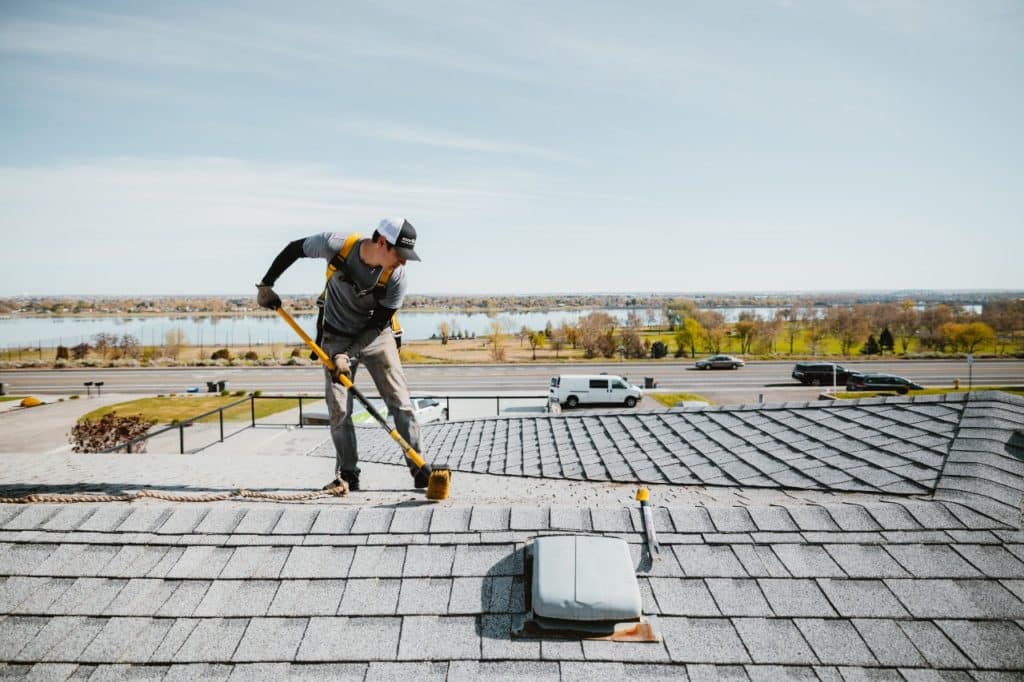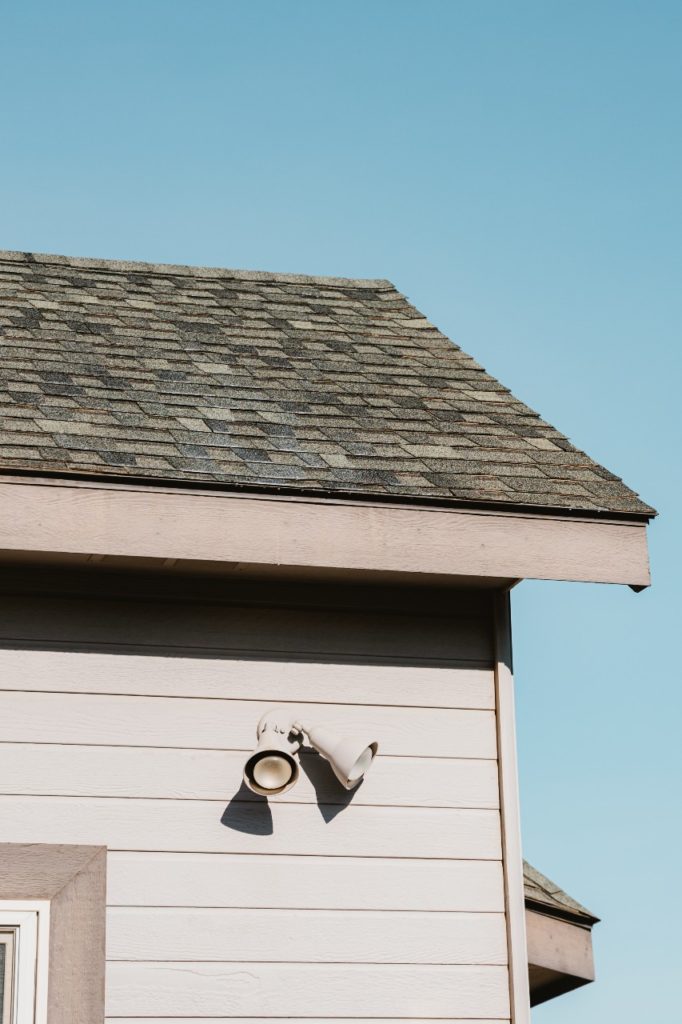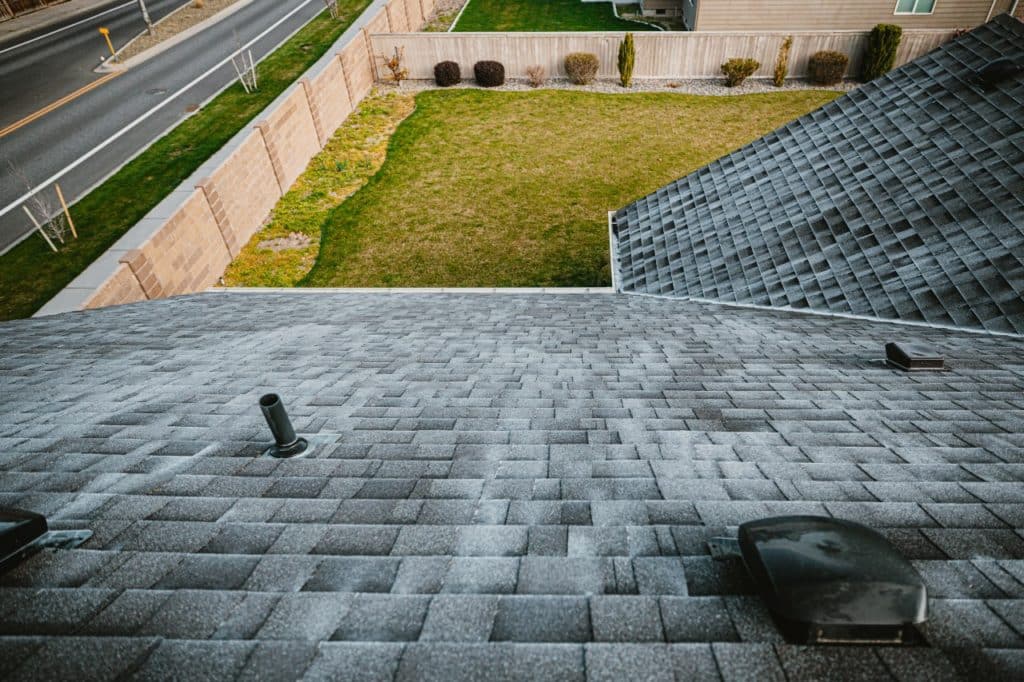
How Often Should I Inspect My Roof?
The roof over our heads often goes unforgotten as our protectors against the elements. However, it would be hard not to notice when a roof fails, especially if water was dripping on your head. As a home or business owner, it is your responsibility to ensure that your roof is performing at peak condition 24/7. Today, we are answering the most vital questions of roof ownership: how often should I get the roof of my house inspected and replaced?
To ensure that your roof is ready to take on every challenge thrown its way, it is highly recommended to complete an inspection at least twice a year. When, you ask? You should check your roof in the spring and fall.
Spring and fall are both milder periods of weather, making it easier to get up on the roof and identify any concerns. Plus, inspecting in spring allows you to check for any damage that occurred during the winter and to prepare for the harsh summer sun, while fall prepares in reverse.
We also recommend inspecting your roof after all major weather events, natural disasters, or human errors. For example, you will want to complete an inspection after hail storms, heavy snow, high winds, hurricanes, fires, earthquakes, fallen trees or branches, or any nearby construction that may have landed on your roof. This is just to double-check that a freak incident didn’t occur. Fortunately, if it did, you will have caught it early!

When Should I Get My Roof Replaced?
If you are wondering if you should get your roof replaced, there are two components to consider: damage and age.
The first component to check for is roof damage. The easiest way to do this is to hire a roof inspection.
Roof Damage: What Does an Inspection Check?
Whether you complete a DIY inspection or hire a professional, you should ensure you do not have any of the following concerns on your roof:
- Broken, cracked, curling, or missing shingles
- Cracked or curling caulk or sealant
- Rusting, warped, or damaged vents, pipes, or chimneys
- Damaged or missing chimney cap
- Water pooling
- Sinking or spongy roofing
- Wood shingles with mold, decay, splitting, or curling
- Warped, loose, cracked, or otherwise damaged flashing
- Warped, loose, or otherwise failing gutters
- Roof granules in the gutters
- Moss, lichen, or animal nests
- Leaks of any kind
If you have any of the above concerns, you will want to repair or replace damaged roofing components immediately to ensure that more significant problems do not arise. If the issues cover more than a small section of the roof, you may need a complete roof replacement.
Pro Tip: Never Inspect Alone!
Over 150,000 people in the USA require medical treatment annually due to roofing-related injuries, with 10% facing life-threatening injuries. Of those people, the vast majority were not construction workers but people taking on roofing tasks at home. If you are determined to DIY your roof inspection, always have a buddy. However, if you want to ensure the safety of you, your family, and your home, we recommend always hiring a professional.
The Age of your Roof
The second component to consider when considering a roof replacement is the roof’s age. Roofs age and deteriorate over time, even with the best maintenance practices. However, not all roofs age the same; it depends heavily on the roofing material.
1: Slate
Slate is one of the longest-lasting roofing materials on the market, ranging anywhere from 75 to 200 years, and manufacturers generally provide a warranty for 50 years. If you installed this roof, you will likely not have to replace it any time soon. However, if you bought into a house with a slate roof, you will want to check when it was originally installed.
2: Clay
Clay is another roofing material designed to withstand the test of time. Clay tiles are extremely durable and can last up to 50 years. Generally, you will find clay roofing tiles in hot, dry areas, as that is where they perform the best.
3: Metal
Metal roofing is increasing in popularity. While it is almost as durable as clay, it doesn’t have quite as hefty a price tag. Homeowners with metal roofing can expect between a 40 to 70-year lifespan, depending on the type of metal.
4: Asphalt
Asphalt shingles are the most common roofing material due to their affordability, ease of installation, and convenience in maintenance. Generally, an asphalt roof’s lifespan is around 15 to 20 years, but it can extend up to 30 years with proper care and an application of Roof Maxx Treatment.
If you are unsure what roofing material you have on your home, a roof inspector will be able to tell you the type of roofing material and provide an estimate of its age.

Pro Tip: External Factors Make a Big Difference
There are more factors than just material when it comes to estimating the lifespan of a roof. The top three factors that play a considerable role in whether the roof fails earlier rather than later are installation quality, environmental conditions, and maintenance actions taken.
Let’s take environmental conditions as an example. If you live in a mild climate, such as southern California, your roof doesn’t have to work as hard to protect you against the elements. In comparison, those of us living in the Tri-Cities face a little harsher climate with windy weather, longer winters, and hot summers. Granted, we still maintain a much nicer climate than Montana’s snowy winter or Florida’s humid summers.
Consider the Roof Maxx Roof Treatment
Does your roof need a facelift, but not a total replacement? You can rejuvenate your roof and return five years of life up to three applications; that could be 15 more years of roof performance! At just 15-20% of the cost of a roof replacement, this option is beloved by homeowners who want to save time, money, hassle, and materials from ending needlessly in the landfill. To learn more about our Roof Maxx Treatment, contact us today for a free roof inspection quote!




